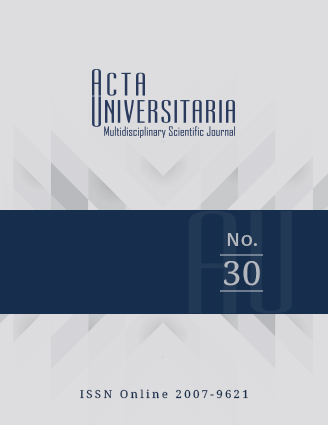Publicado 2020-03-11
Cómo citar
Resumen
La discapacidad visual afecta gran parte de la población adulta mayor. Se trata generalmente de patologías secundarias oculares primarias o sistémicas y congénitas o idiopáticas, incluyendo presbicia, cataratas, glaucoma, degeneración macular y retinopatía diabética (RD). El objetivo de este trabajo fue conocer cuáles son las experiencias, perspectivas y significados que tienen los adultos mayores con discapacidad visual por diabetes mellitus tipo 2 (DMT2). Utilizando una metodología cualitativa con muestreo intencionado, se realizaron entrevistas a profundidad, siguiendo los principios éticos para investigación en salud. El fenómeno de la discapacidad mostró cinco dimensiones: impacto económico por el diagnóstico, vivencias de duelo ante la DMT2, vivencias de autocuidado (tratamiento alternativo, tratamiento farmacológico y reflexiones sobre el valor del tratamiento), impacto (económico, emocional y social) y vivencias con la discapacidad y sentimientos de la dependencia vs. discapacidad. Estos aportaron los elementos necesarios para hacer una pauta en el cuidado integral brindado por profesionales del cuidado.

